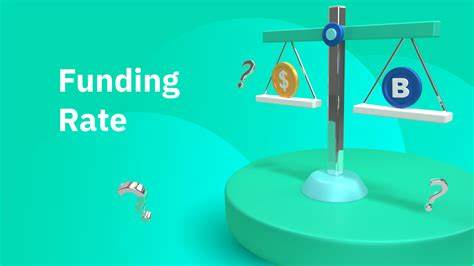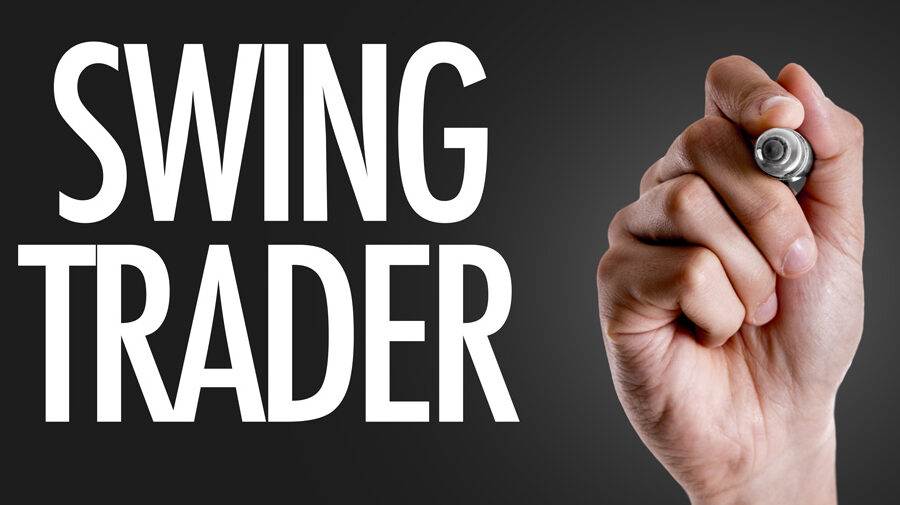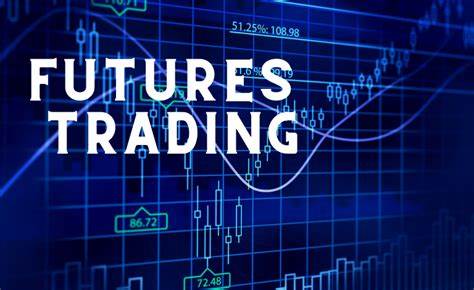In the high-speed world of futures markets, where speculators speculate on asset price movement without ever taking ownership of the assets, there is one concept that is both key and less well represented: funding rates. Whether trading crypto or other perpetual futures contracts, a grasp of funding rates isn’t just useful but also essential. Funding rates determine your profitability, your risk exposure, and even your method of trading.
This blog will explain what funding rates are, why they are caused, how they affect long and short positions, and how advanced traders can use or leverage them. Whether a beginner or looking to enhance knowledge, this detailed explanation will help you trade more wisely and confidently.
Understanding the Basics: What Are Funding Rates?
Funding rates are periodic payments that are exchanged between perpetual futures contract traders. Perpetual contracts don’t expire, unlike standard futures. This creates an issue: with no expiry date, how do you keep the contract price close to the underlying asset price?
That is where funding rates come in.
They are designed to anchor the perpetual futures price to the spot price of the asset. Depending on market dynamics, the funding rate can be positive or negative, and it is paid either by the long or the short traders, usually every 8 hours (although this varies by platform).
Example
• When the funding rate is positive, long position takers (those that are anticipating price increase) pay short position takers (those that are anticipating price decrease).
• When the funding rate is negative, short positions pay long positions.
Why Funding Rates Exist

Let us talk plainly: Funding rates are a type of balance mechanism. They force the price of the perpetual contract align with the spot market price.
Perpetual futures are convenient because they facilitate leveraged trade with no time limit. Yet if there wasn’t some form of connecting contract price to what it trades, prices won’t think twice about separating from the spot market and accumulating inefficiencies.
With rates of funding, the exchanges pay traders for maintaining positions that drive the contract price towards the spot price:
- Contract price > spot price → Longs are funded → Short incentive
- Contract price < spot price → Shorts are funded → Long incentive
It makes the perpetual market efficient and predictable.
Real Impact: How Funding Rates Affect Traders
1. Profitability Can Be Heavily Influenced
Imagine you’re holding a long position in a bullish market. Prices are rising, and you’re in profit. But if the funding rate is high and positive, you might be paying substantial amounts to maintain your position over time. If your profits are small, the funding payments could eat them up.
Similarly, in bearish conditions with a negative funding rate, shorts might receive costs that offset their gains.
2. Strategy Planning
Advanced speculators observe funding rates in order to organize their entry and exit. A trader will never go long if there is substantial funding in the positive or short if he does to receive funding.
This arbitrage financing is subtle but powerful. It allows you to compel utmost returns not only on the direction of price but on structural features of the market itself.
3. Market Sentiment Indicator
Funding rates indicate market sentiment. When the rate is:
- Consistently positive, it often signals bullish sentiment.
- Repeatedly negative, it typically suggests bearishness.
This is not infallible but is a useful tool when supplemented with technical analysis.
Factors That Influence Funding Rates
Several factors drive changes in funding rates:
1. Market Sentiment
If most of the traders feel the price will rise, more go long. This pushes the contract price higher than the spot price, introducing positive funding. The opposite happens when there is bearish sentiment.
2. Leverage Imbalances
If there is a huge leverage imbalance (more leveraged longs than short positions), the funding rate increases for longs. This shows higher demand for one side of the trade.
3. Volatility
During extremely volatile markets, funding rates tend to spike. This is normally a response to abrupt sentiment shifts or liquidations that reverse market positions forcefully.
4. Platform Mechanics
Each exchange uses a different formula for determining funding rates. Though all use some blend of interest rates and premium indices, the formula may be slightly different and can affect the magnitude of the rate.
Funding Rates Across Exchanges
It should be noted that two exchanges can provide different funding rates for the same asset over the same time interval. Traders who are performing active trades across multiple platforms use this to best advantage.
This strategy of funding rate arbitrage employs opposite bets on two platforms to gain profit from the difference in funding payment. It requires excellent risk management and execution but can be profitable under certain conditions.
Read More: how to use fibonacci retracement the right way in crypto TRADING
Managing Risks Associated With Funding Rates
Even with opportunities, there are risks surrounding funding rates. Here’s how to manage them appropriately:
1. Track Rates in Real-Time
Employ dashboards or exchanges provided or third-party service offered tools for tracking real time funding rates. Alerts may aid you in timely decision making.
2. Avoid Holding in Unfavorable Funding Conditions
While being long of a high positive funding rate, you might want to close the position earlier or reduce exposure in order to lower costs.
3. Consider the Bigger Picture
Funding rates shouldn’t be the sole factor to consider when trading. They’re included in the equation. Always take them into account along with market structure, trend strength, volume, and other indicators.
4. Use Hedging and Diversification
Avoid over leveraging or having all of your trades go one way. Diversify and implement risk controls like stop loss orders in place to protect capital.
The Psychological Side: How Traders React to Funding Rates
It’s not math; it’s psychology. The more the funding rates rise, the more nervous the traders get. Some close early to avoid fees. Others are tempted to take funding and thus expose themselves to directional risk.
By being aware of these responses, not only do you enhance your own trading, but you can also foresee how other people are going to respond. In volatile markets, this type of behavior can create great trading opportunities or traps.
Practical Use Cases for Traders
1. Swing Traders

Swing traders can use funding rates as confirmation signals. For example, if they recognize a bullish setup and see increasing positive funding, that adds confluence to their trade.
2. Arbitrage Traders
Arbitrage traders adore funding rates. They can pair trade between platforms or hedge spot positions against futures to capture positive funding in a riskless trade.
3. Scalpers
Even short-term traders do not follow funding. While less important on extremely short trades, understanding the funding window enables scalpers to plan the best entry or exit time at a budget.
Common Misconceptions About Funding Rates
Let’s break a few myths:
- Funding rates are always costs.
False. Depending on where you are standing and the direction of the rate, you may receive funding. - They are negligible.
They add up over time. Especially for high-leverage or longer trades. - They reflect price prediction.
Not really. They represent positioning and sentiment—rather than direction certainty.
Conclusion: Why You Should Care
Funding rates may seem like a small technical detail in the grand scheme of futures trading, but in truth, they have a massive influence on how trades perform over time. Ignoring them is like sailing a boat without watching the wind; it might work for a while, but eventually, you’ll get caught off guard.
For serious investors, to optimize costs, beat, and look into the workings of markets, funding rates are a must know measure. It is more than a charge; it is a view into market psychology, architecture, and opportunity.
Whatever your purpose for trading, make the funding rates on your watch screen. Your trades in the future will pay you back.

